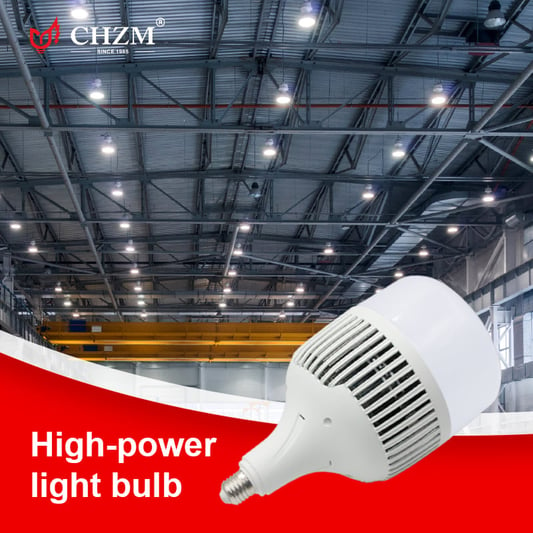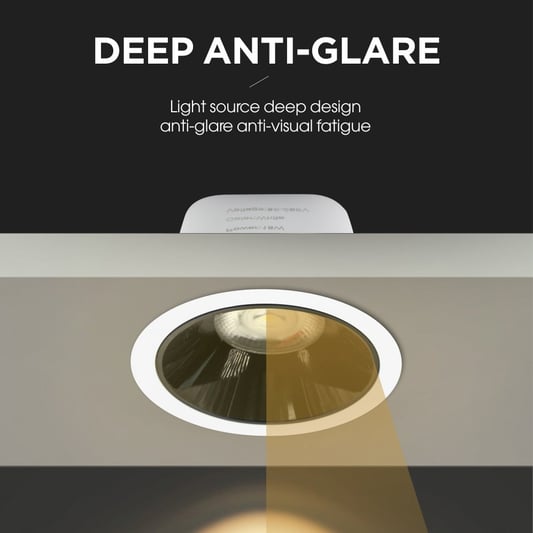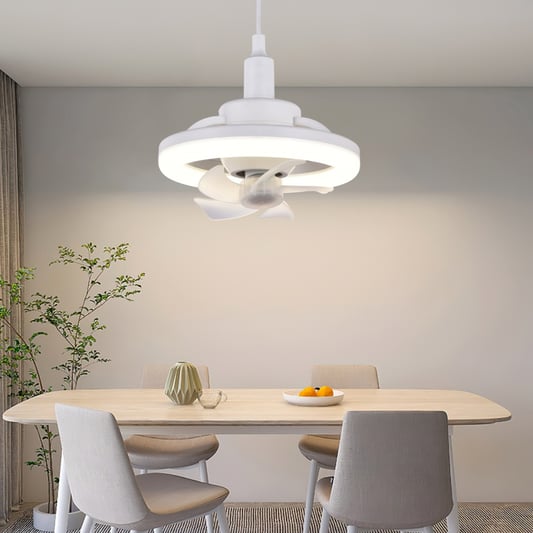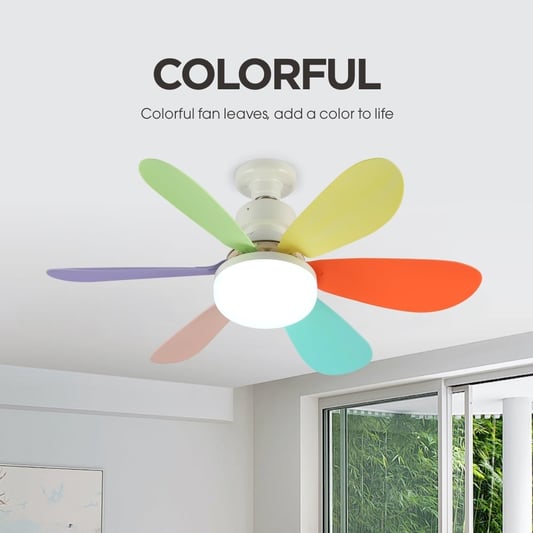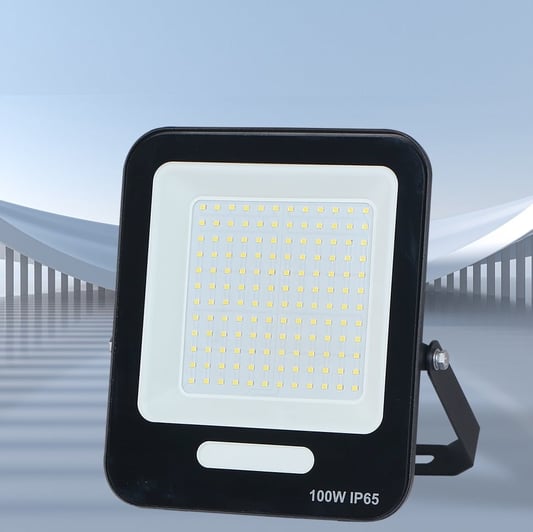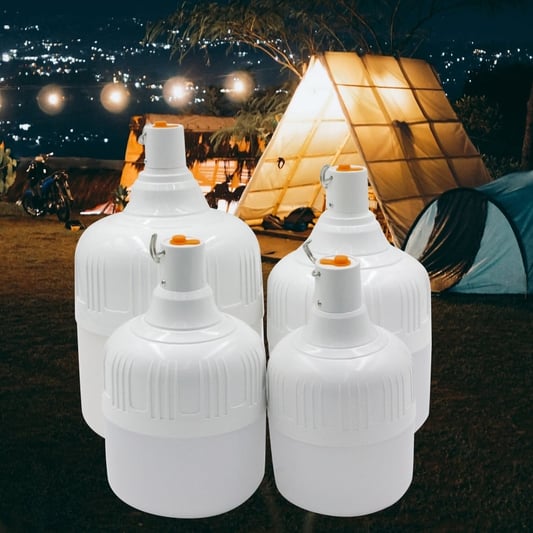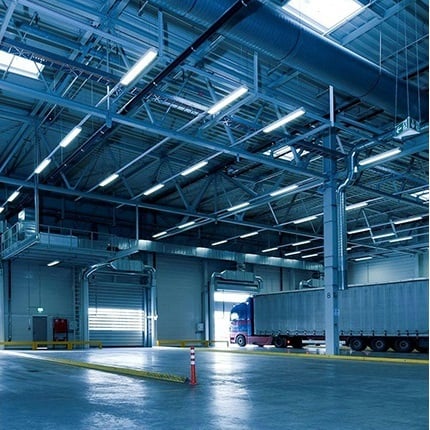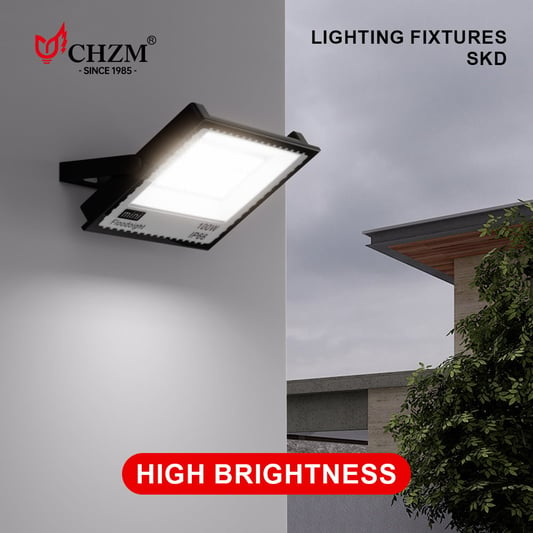IntroductionLighting is a crucial aspect of any commercial building. It influences productivity, safety, and customer perception. LED lighting has emerged as a popular choice for businesses due to its energy efficiency, sustainability, and low maintenance. In this article, we will discuss the benefits and considerations of using led lighting in commercial buildings.Energy EfficiencyLED lighting uses 75% less energy than traditional lighting, such as fluorescent and incandescent bulbs. This translates into significant cost savings on utility bills. Additionally, LED lights have a longer lifespan and do not emit as much heat, which reduces the burden on air conditioning systems.SustainabilityLED lighting is more environmentally friendly than traditional lighting. It does not contain toxic materials like mercury, which can harm the environment and human health. LED lights are also recyclable, reducing waste in landfills. Moreover, LED lighting can contribute to green building certifications, like LEED.Quality LightingLED lighting produces bright, high-quality light that enhances visibility and color accuracy. It provides uniform and consistent lighting, reducing eye strain and fatigue. LED lights also have dimming capabilities, which allow for customization of lighting to suit different tasks and moods.Low MaintenanceLED lighting requires minimal maintenance. It does not require frequent replacement of bulbs, which can disrupt productivity and incur costs. LED lights also have a robust design that can withstand dust, vibration, and temperature fluctuations, making them suitable for harsh environments.Cost ConsiderationsAlthough LED lighting has a higher upfront cost than traditional lighting, it provides long-term cost savings through energy efficiency and reduced maintenance. Additionally, many utility companies offer rebates and incentives for businesses that upgrade to LED lighting.InstallationLED lighting can be installed in new or existing commercial buildings. It is compatible with most lighting fixtures and control systems. However, it is essential to hire a qualified electrician to ensure proper installation and avoid any safety issues.CompatibilityLED lighting is compatible with other smart building technologies, such as sensors, automation, and controls. These features can optimize lighting performance, occupant comfort, and energy savings. LED lights can also integrate with building management systems, providing real-time monitoring and data analytics.RegulationsLED lighting must comply with relevant safety and environmental regulations, such as UL and ENERGY STAR. Compliance ensures that LED lights meet high standards of performance, safety, and efficiency. It is essential to choose reputable LED lighting suppliers that offer certified products and comply with regulations.ConclusionLED lighting is a viable option for businesses that prioritize energy efficiency, sustainability, quality lighting, and low maintenance. It offers cost savings, compatibility with smart building technologies, and compliance with regulations. To reap the benefits of LED lighting, businesses should consult with qualified lighting professionals and choose certified LED products.Quote InquiryContact us!


